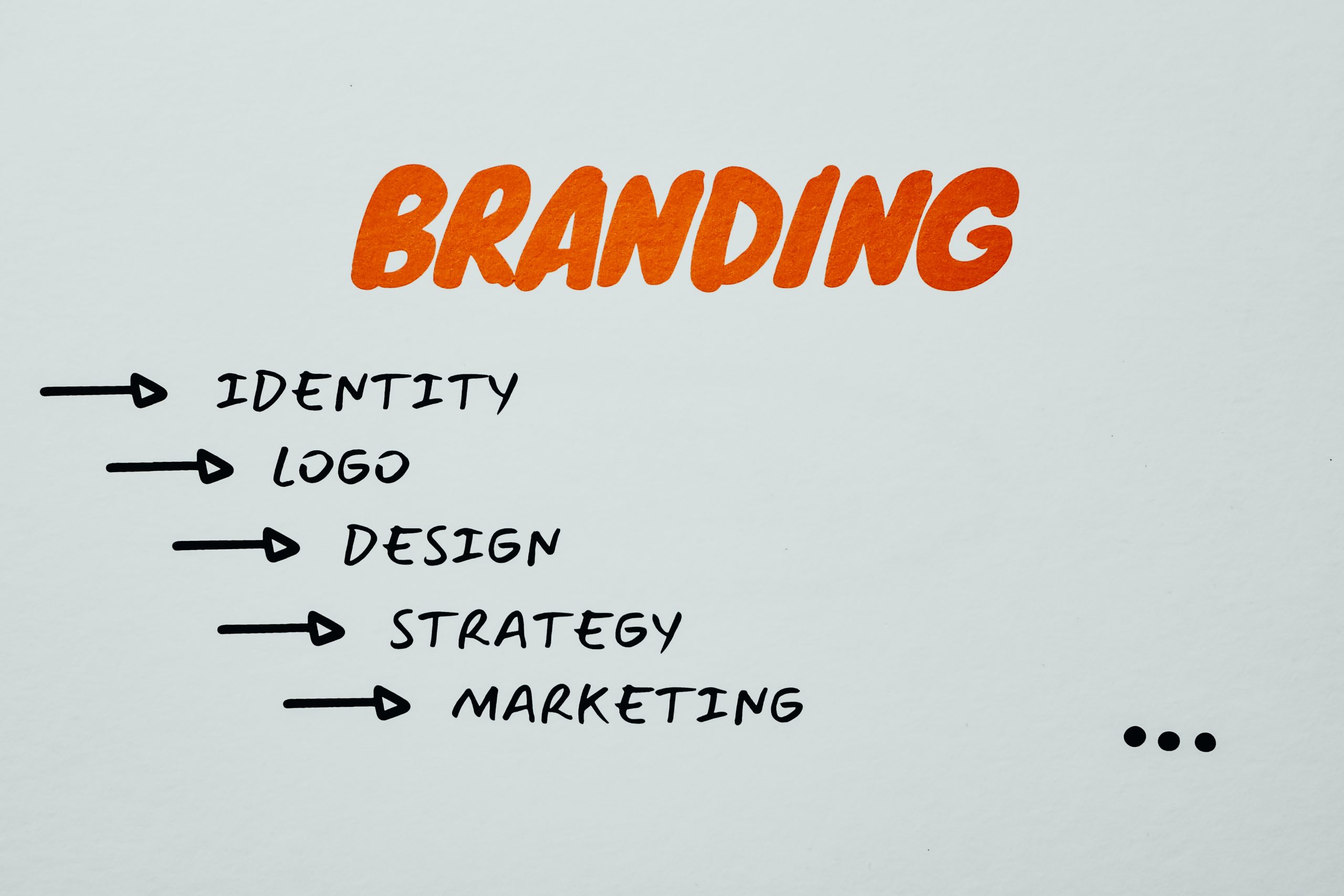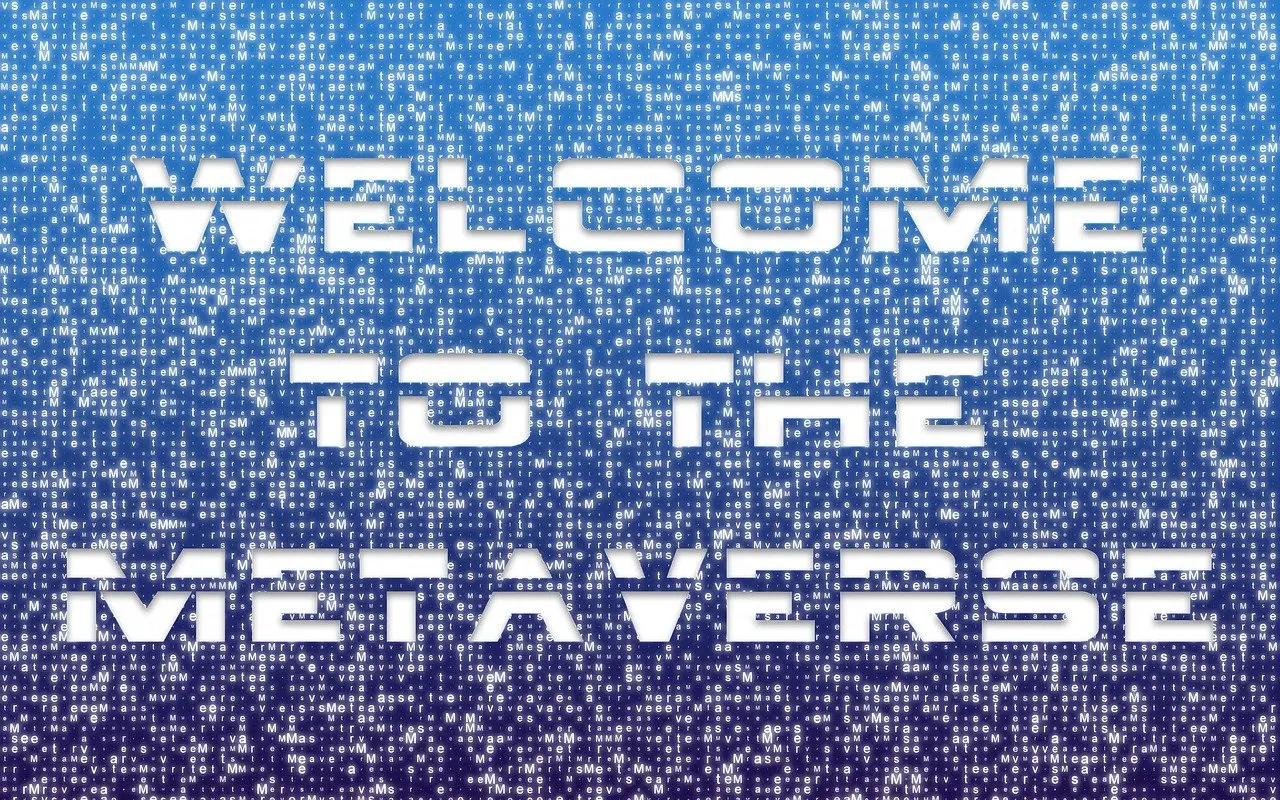Large and small businesses differ in the way they market their products and services. While most larger brands have the robust budgets needed to create and distribute effective marketing messages, they often send these messages into the void, hoping a certain percentage of their audience will respond as a result.
Small businesses don’t always have the capital to spend on mass marketing and must ensure a higher rate of conversion than big businesses need. Smaller companies also focus more on niche markets and special industries, so their marketing must target specific audiences who might use their limited products or services.
How large brands market content
Studies have looked at whether there are differences between big and small brands in terms of how they use content marketing and what strategies work best for them. The Content Marketing Institute’s 2020 Content Marketing Research report demonstrates the differences in content marketing strategies among various industries and company sizes. It found that big companies (of more than 1,000 employees) rely on different content marketing strategies and, in general, use digital content marketing very differently than small companies of under 100 workers.
Overall, big brands have been found to have larger internal teams dedicated to full-time content marketing. In fact, 44% of large companies have 2-5 team members dedicated to content marketing versus 39% of small companies.
However, almost one-third of all respondents have no full-time team members and instead outsource their content marketing. Both big and small organizations report that the number one marketing function (at 80% of all respondents) they are likely to outsource is content creation.
Big companies acquire new, more advanced strategies more frequently and at a higher rate than small companies. Large companies are also more likely to:
- Utilize supplemental microsites to highlight products and services.
- Use empirically-based content marketing techniques.
- Take advantage of focus groups, reviews,and feedback to generate more effective content.
- Use more multimedia presentations and varied content formats, such as still photography and videos.
- Return to print publications like magazines to spotlight their companies.

Small brand content marketing
Small companies, sometimes due to budgetary restrictions but more often due to lack of know-how, use more advanced content marketing techniques far less often. One particular point of differentiation between various-sized companies is blogging. The majority of large brands use robust company blogs and AI to make additional engaging content to aid in customer acquisition, while small businesses say that customer acquisition is the largest challenge they face.
Small brand content marketing, however, has thrived by using more marketing channels to their advantage. Almost 70% of small businesses said that they use Facebook to promote their business, and 64% use email marketing to complement their content. However, small businesses still rank SEO and digital media marketing as some of the hardest marketing channels to tackle with small teams or small budgets.
However, small businesses have an advantage over large companies in one area: developing their brand story. Small businesses are closer to their audience and can show off their expertise on niche or specific topics. This helps to establish the business as a destination for reliable knowledge and amplify the message to their audience.
By providing content that adds value to the market, small businesses can quickly gain an edge over their competition. However, many small businesses may find that being able to maintain a steady quantity of high-quality content is difficult with small teams and small budgets.
Is outsourcing the solution?
The main difference between large and small companies in regard to content marketing is the degree to which content is outsourced. Over 60% of companies outsource their content creation, and feedback from large businesses suggests that this means they are able to have access to significantly more content of all types. This variety is used to promote the business, gain visibility and engage customers.
Having the ability to publish, post or announce new information consistently means that consumers are more likely to return to your site on a regular basis. When material remains on a website for a long time, not only will consumers fail to remain interested, but they may even wonder if the business is still open. It is not unusual for consumers who frequent sites that have old content to move on to a company with a more active public persona. Letting your content marketing go dark can lead to insurmountable audience losses, such as decreased SEO, loss of leads, a decline in organic visitors and even a decline in social following.
The fact that more small businesses don’t outsource content marketing is likely related to budgets. Larger firms have more resources to spend on outside help. However, there are affordable options for outsourcing, and it pays to look around before concluding this option is not possible. The dividends that fresh content written by professionals produces is well worth the cost.
Need help?
If you have a content marketing program or are planning one, download our e-book 100 Mistakes Businesses Make When Starting, Optimizing and Scaling Content Marketing Programs.
This e-book will walk you through the mistakes of hundreds of other companies and the challenges they faced in implementing their content marketing programs. To learn more about how Tempesta Media can help you streamline your content creation process and deliver quality content at scale, contact us today.










